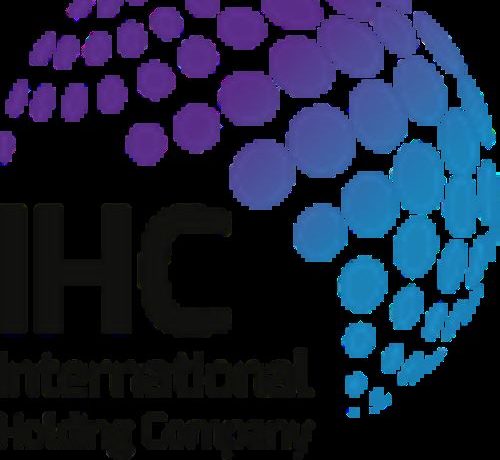IMF Regional Economic Outlook Projects 3.1 per cent GDP Growth in the MENA Region

Dubai, UAE, May 3, 2023: The International Monetary Fund (IMF) today hosted a hybrid event to launch the May 2023 Regional Economic Outlook (REO) for the Middle East and Central Asia region at the Dubai International Financial Centre.
The IMF finds that despite global shocks, growth in the Middle East and North Africa (MENA) region was higher than expected last year. The IMF estimates that real GDP grew by 5.3 per cent, reflecting strong domestic demand and a rebound in oil production. However, growth is projected to slow to 3.1 per cent in 2023 due to tight policies to restore macroeconomic stability, agreed OPEC+ oil production cuts, and the fallout from the recent deterioration in global financial conditions.
For oil exporters, non-oil GDP is forecast to expand by 3.7 per cent in 2023, broadly unchanged from 2022, as the positive momentum in the retail and service sectors in the UAE, Kuwait, and Saudi Arabia is sustained due to abundant liquidity, continued reform momentum, and rapid acceleration of private investment.
After surging last year, inflation is forecast to remain elevated at 14.8 per cent this year before declining modestly in 2024.
Risks remain tilted to the downside and include potential further financial sector instability in advanced economies, tighter-for-longer global financial conditions, and a resurgence of global price pressures. In the wake of recent global financial market instability, the region’s financial markets have moved in line with global trends, though countries with large debt burdens have seen a greater impact.
Jihad Azour, Director of the IMF’s Middle East and Central Asia Department, said: “Amid continued uncertainty, policy tradeoffs remain complex, and striking the right policy balance will be critical. Monetary policy should focus on maintaining or regaining price stability while being mindful of financial stability risks. Fiscal policy should preserve debt sustainability and build buffers while providing targeted and temporary support to protect the vulnerable. Meanwhile, structural reforms should be accelerated to bolster potential growth and enhance resilience, inclusion, and social safety nets.
“Since March 2020, the IMF has supported MENA countries with USD25 bn in new financing, including recent Fund arrangements for Egypt, Mauritania, and Morocco—and allocated USD42 bn special drawing rights to boost the region’s reserve assets. The Fund has also increased its presence on the ground by reopening our regional technical assistance office (METAC) and setting up a new regional office in Riyadh, which will strengthen our partnership with the region. The upcoming World Bank-IMF Bank Annual Meetings in Marrakech in October will provide a platform for wide-ranging policy discussions on challenges facing the region and the world.”
The IMF Regional Economic Outlook report details trends and developments across the Middle East and Central Asia. The report’s findings and indicators are widely used as a benchmark for future economic projections and set the tone for growth, trade, and investment. The full report can be accessed here.
Last Updated on 2 years by News Desk 2













